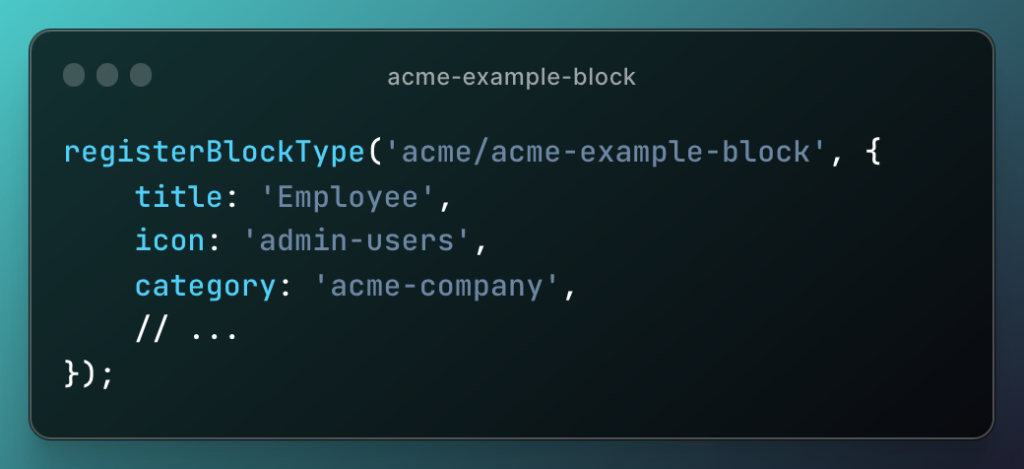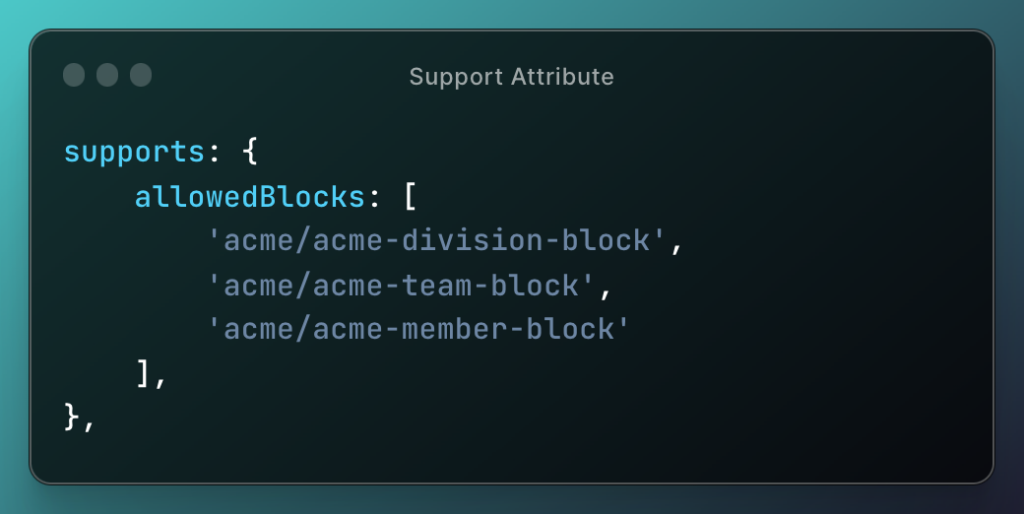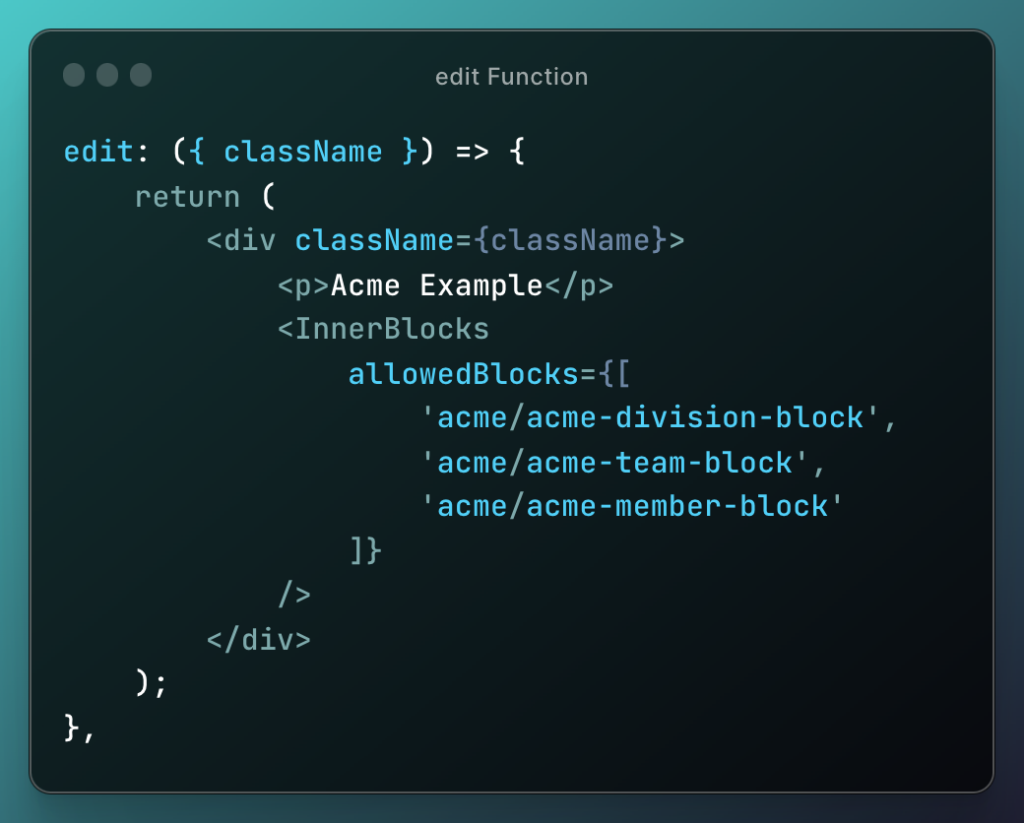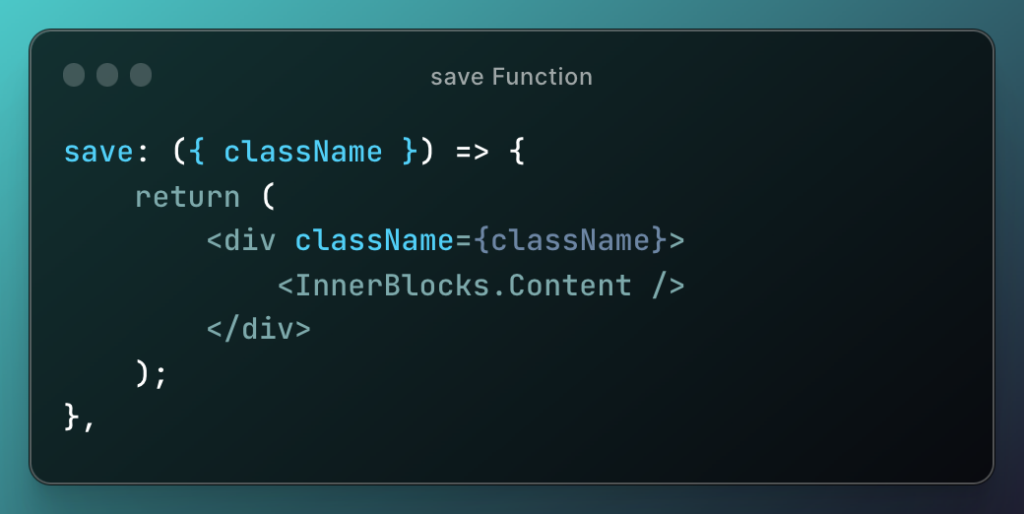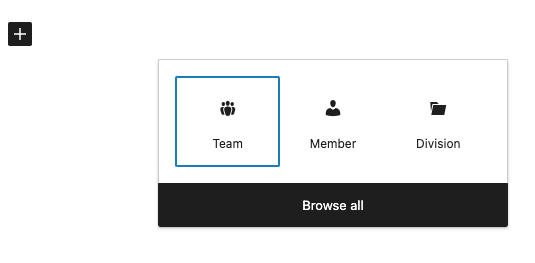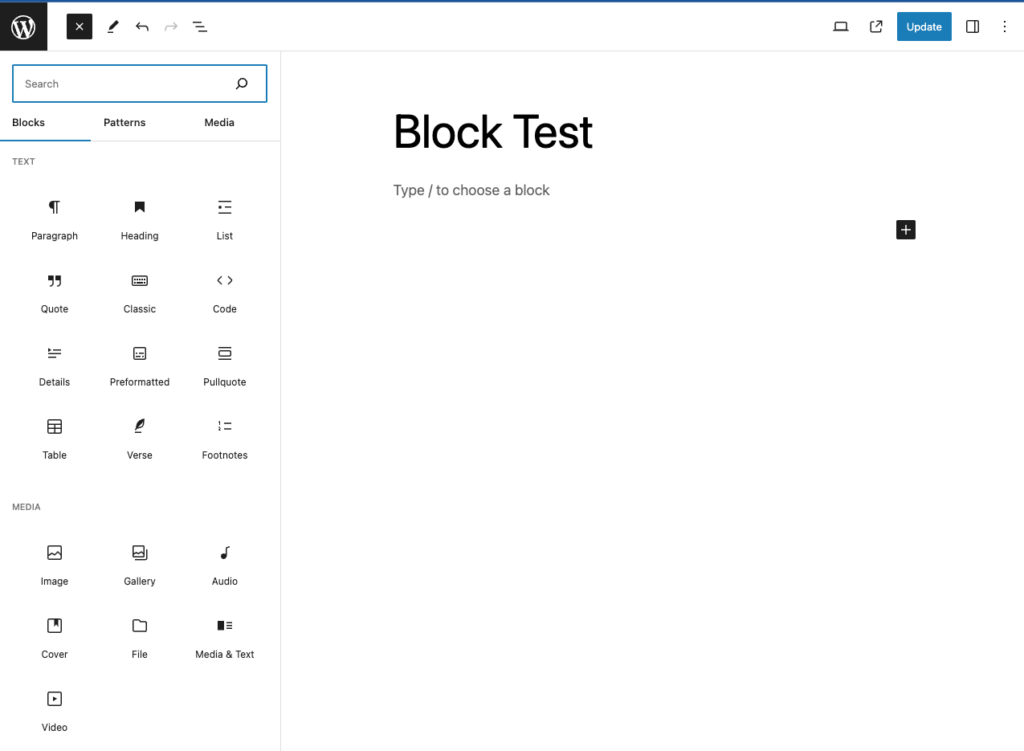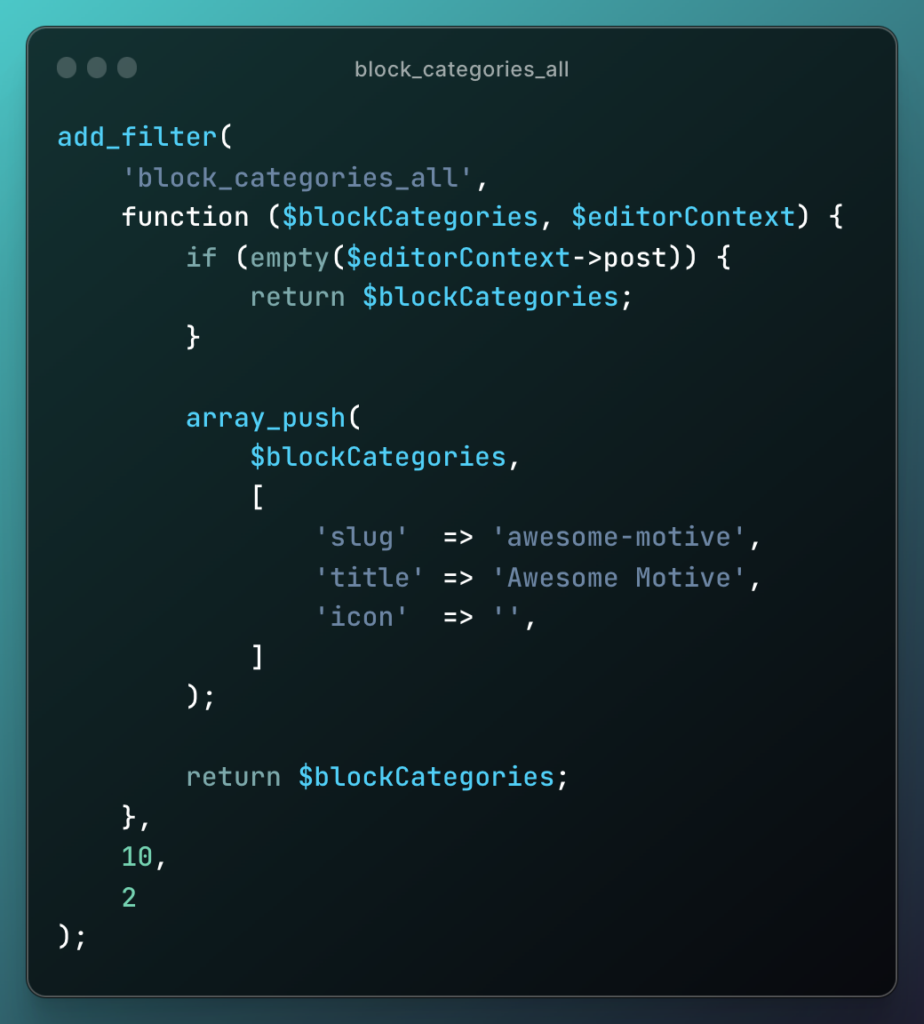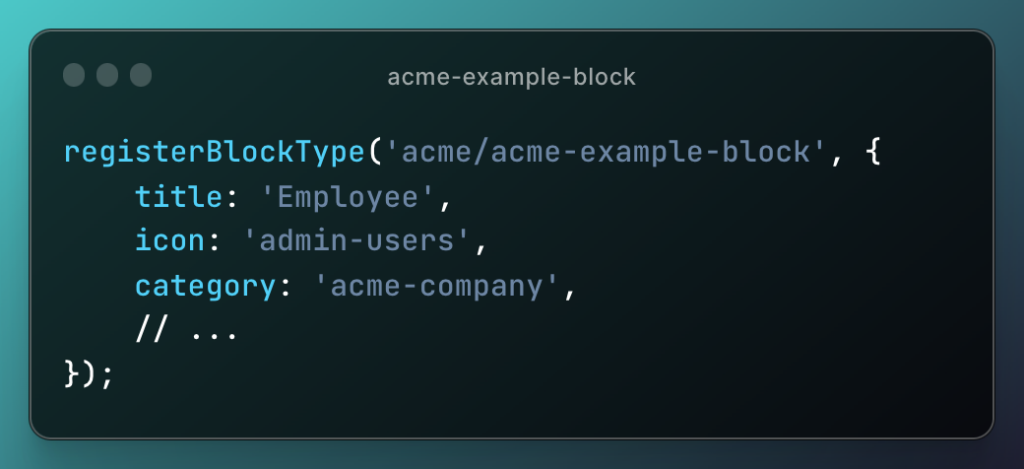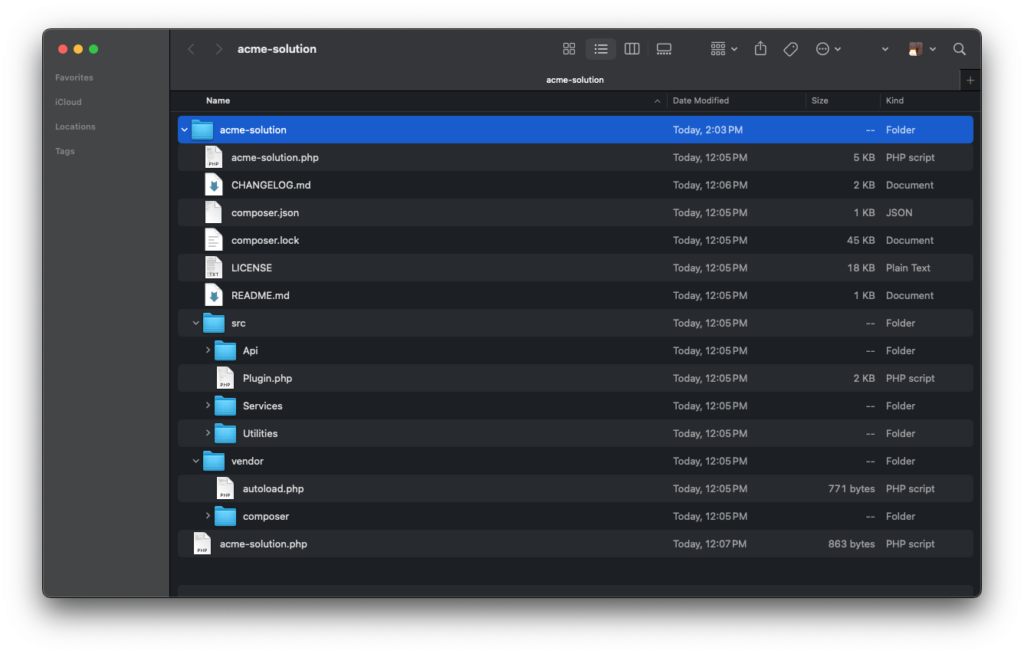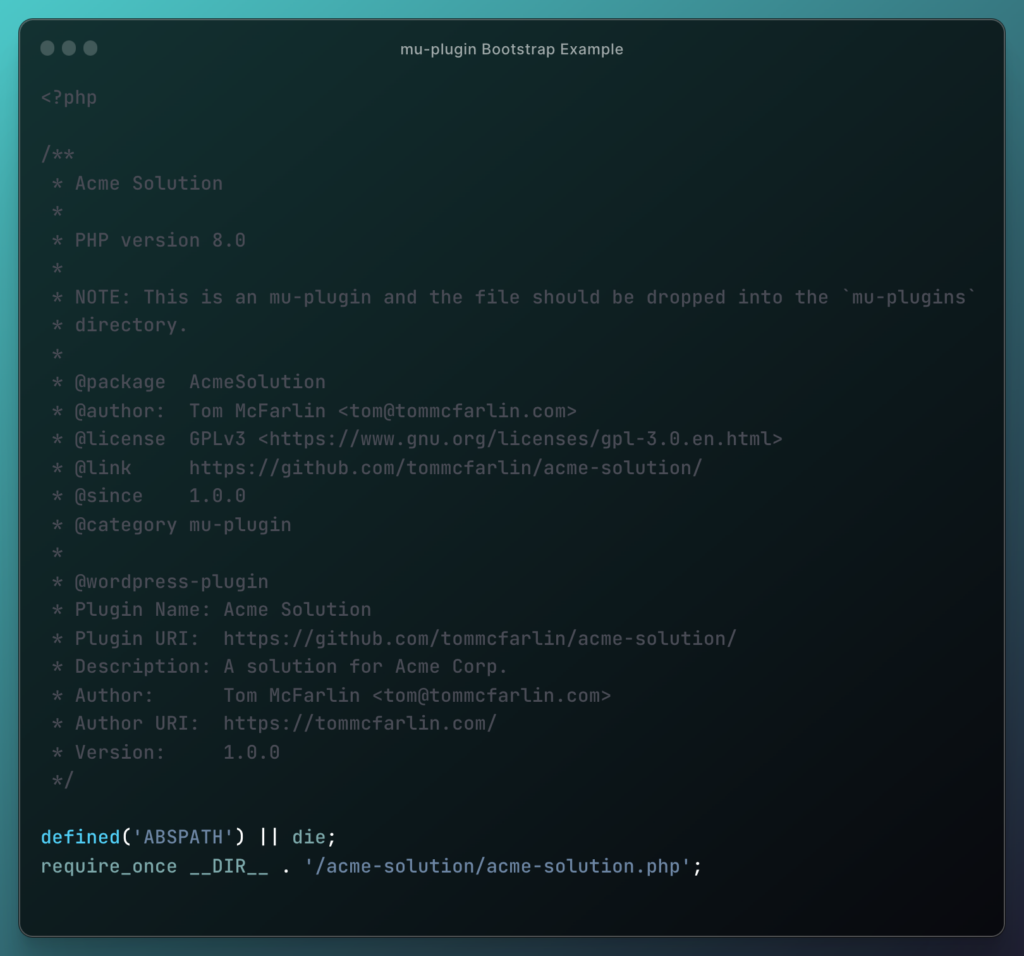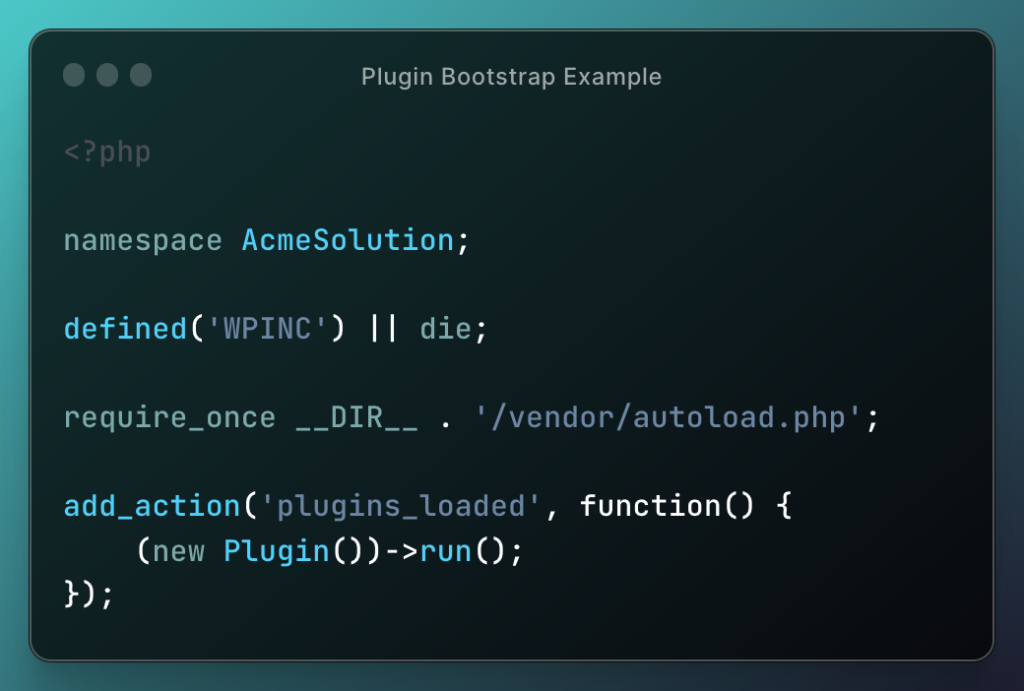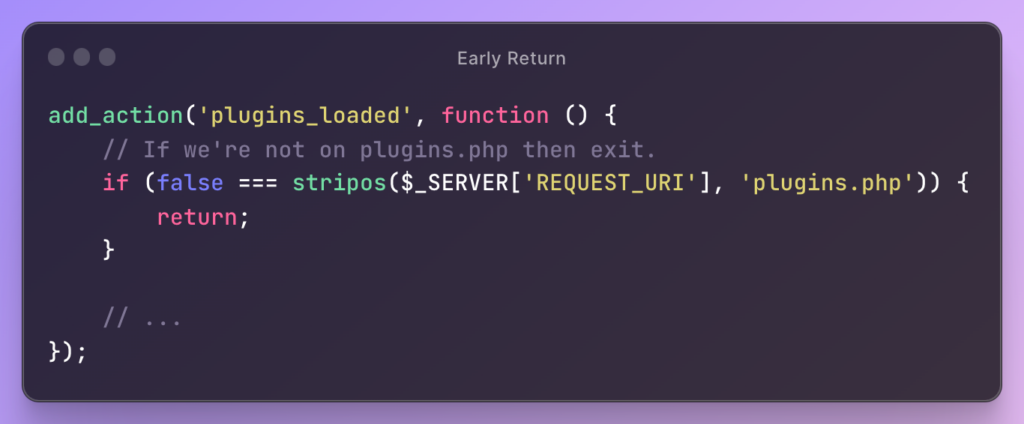Not everyone who works in software development has a degree in computer science (or a degree at all), and I’m not suggesting that you should.
However, if you have ever taken a class, course, or degree program in computer science, software development, or programming in general, there were likely certain assignments or projects given to illustrate specific concepts.
For some, there were even capstone projects that required working on real-world applications. These types of projects, along with internships, are often the most valuable, as they allow you to experience what it’s like to work as a developer or engineer in a professional setting.
In other words, I don’t know what you expect from being a software developer, but engaging in these types of projects or internships can significantly help you understand the difference between theory and practice, as they say.
To that end, here’s a great article by @mensur-durakovic called 10 hard-to-swallow truths they won’t tell you about software engineer job.
Last weekend I had a chance to talk with some students who just got their degree. They are pursuing their first software engineer job. In conversation with them, I learned that they have a pretty wrong perception of this job. This is because the reality for these new kids is so skewed.

Here are the top 10 things as provided by Mensur:
- College will not prepare you for the job
- You will rarely get greenfield projects
- Nobody gives a f*** about your clean code
- You will sometimes work with incompetent people
- Get used to being in meetings for hours
- They will ask you for estimates a lot of times
- Bugs will be your arch-enemy for life
- Uncertainty will be your toxic friend
- It will be almost impossible to disconnect from your job
- You will profit more from good soft skills than from good technical skills
The entire article is worth a read especially because of the elaborations on each of the above points.
I, nor do I think the author, is claiming all software development jobs are like this but many are. I’d venture to say that many software development jobs include at least a handful of these things (and I do feel bad for those who have a job that exhibit all 10 of these).
If you’re ever wondering what it’s like to worth in software development, or you’re wondering about your own ability in your organization, or you’re wondering about your organization in general, maybe read this list.
And maybe I’ll work a few articles with my experience on each of these points. It’d be likely be 10 short reads, but it’d be something. And it’d be something that’d be relevant to many of you who found yourself as an engineer who made their way into WordPress.
